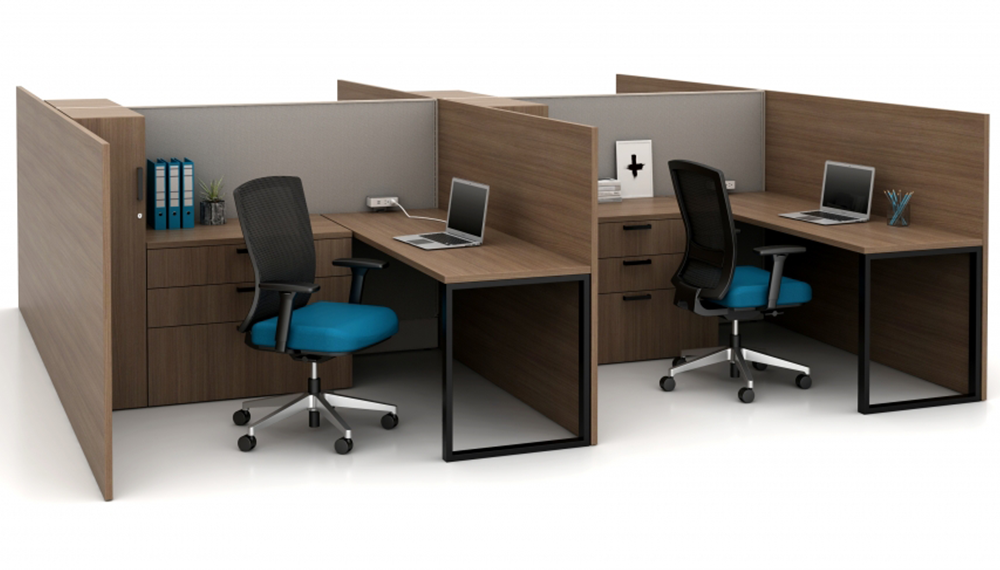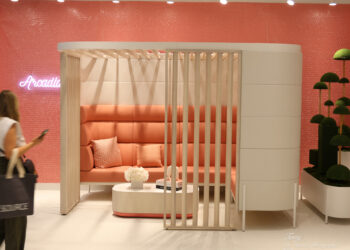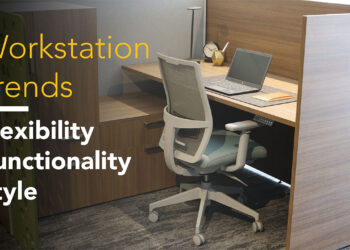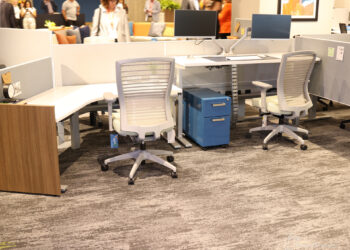Cubicles in Corporate Office Design: An Enduring Solution
When you type “Do cubicles work?” into a search engine, you might be greeted by a chorus of modern workplace critics ready to dismiss the concept. However, despite the critiques, cubicles remain a staple in corporate office design. In fact, typical office floor plans dedicate about 60% of their space to cubicles, with the remaining area allocated to private offices, collaboration rooms, and break rooms. This begs the question, why are cubicles still prevalent, and what other options are available?
Far from being an outdated concept, cubicles, also referred to as workstations or systems furniture, are chosen for their cost-effectiveness, resilience, and adaptability. These modular structures, with a lifespan that can exceed two decades, are designed for efficient power and data management, and provide customizable degrees of privacy. In the office design toolbox, cubicles are akin to the indispensable Swiss Army knife, ready to tackle a variety of tasks with their myriad configurations.
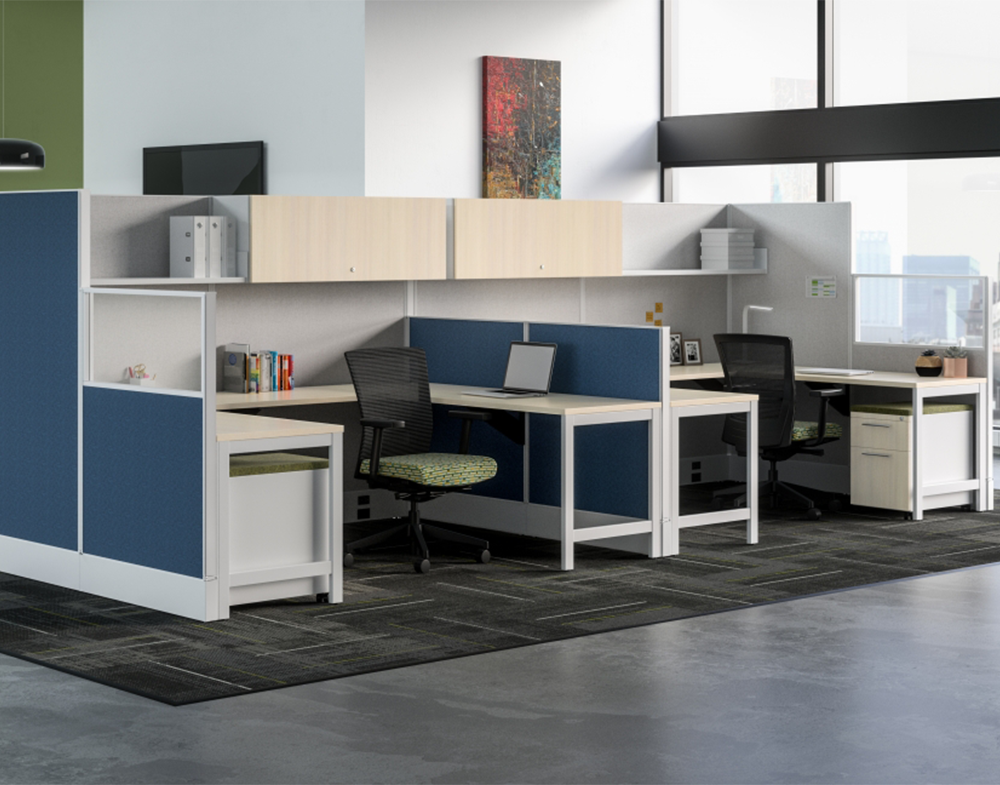
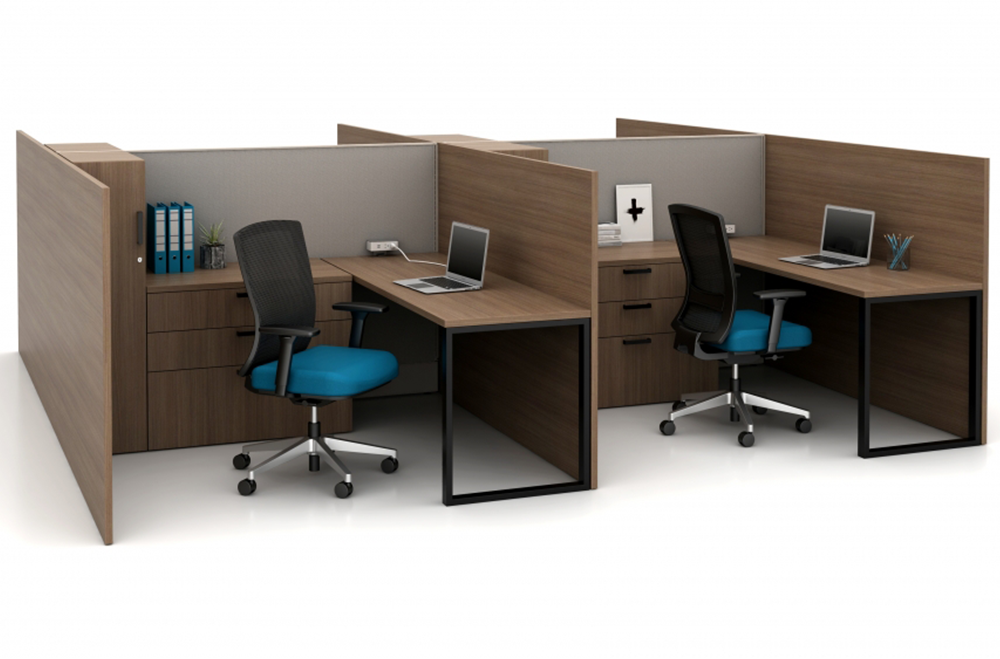
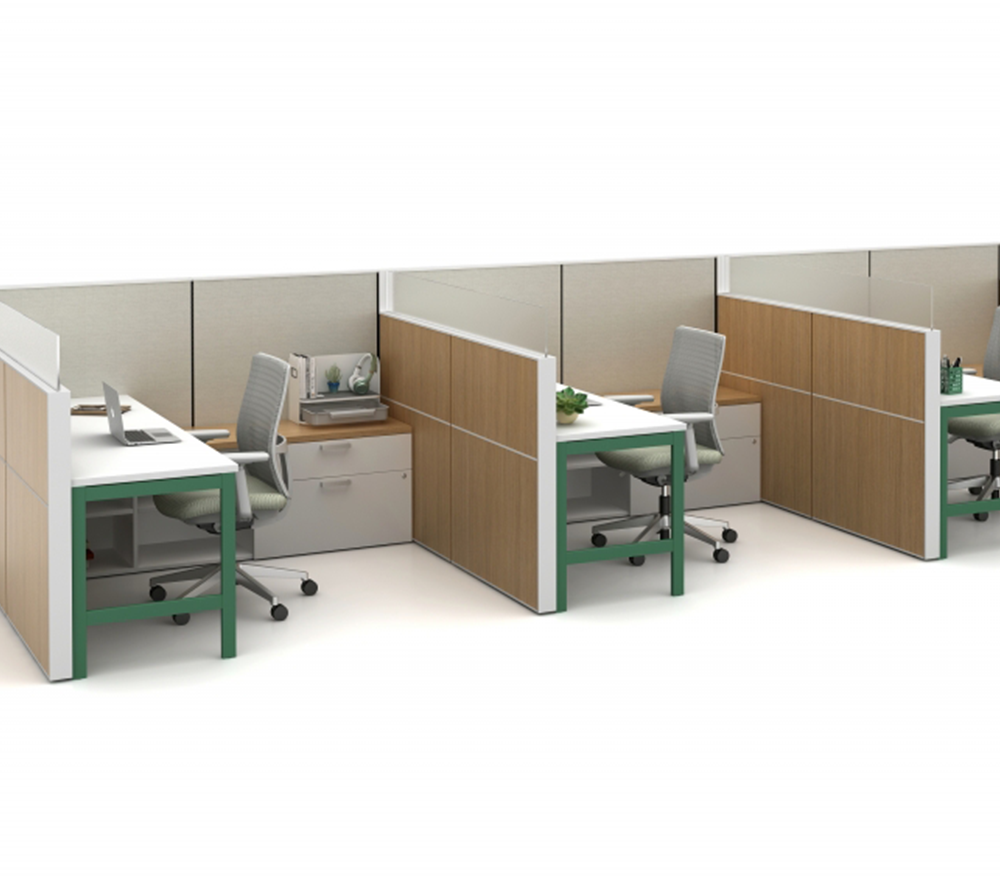
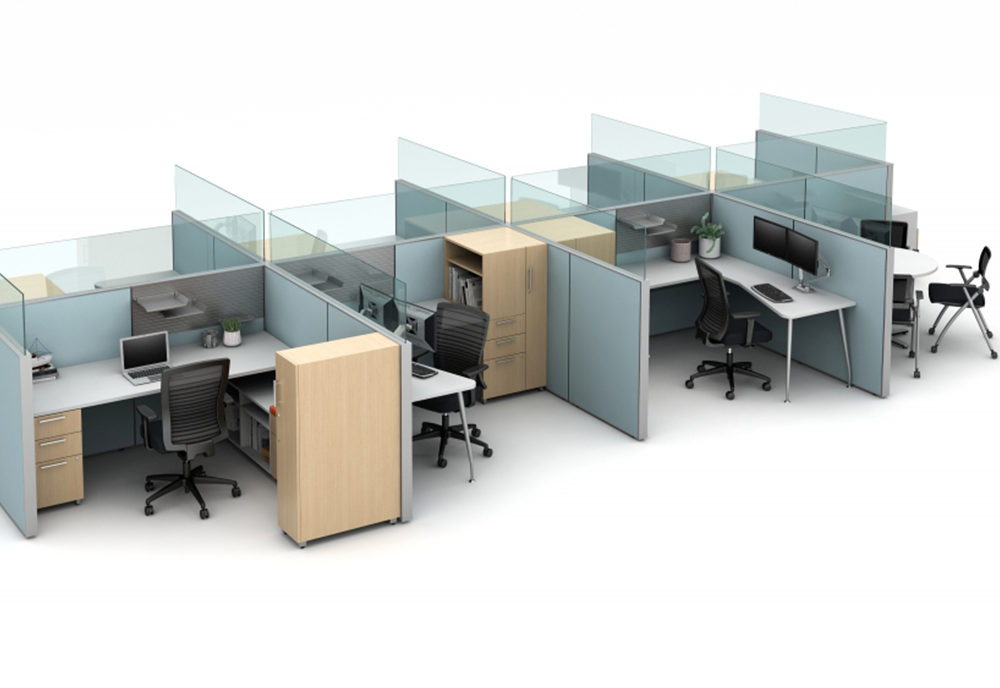
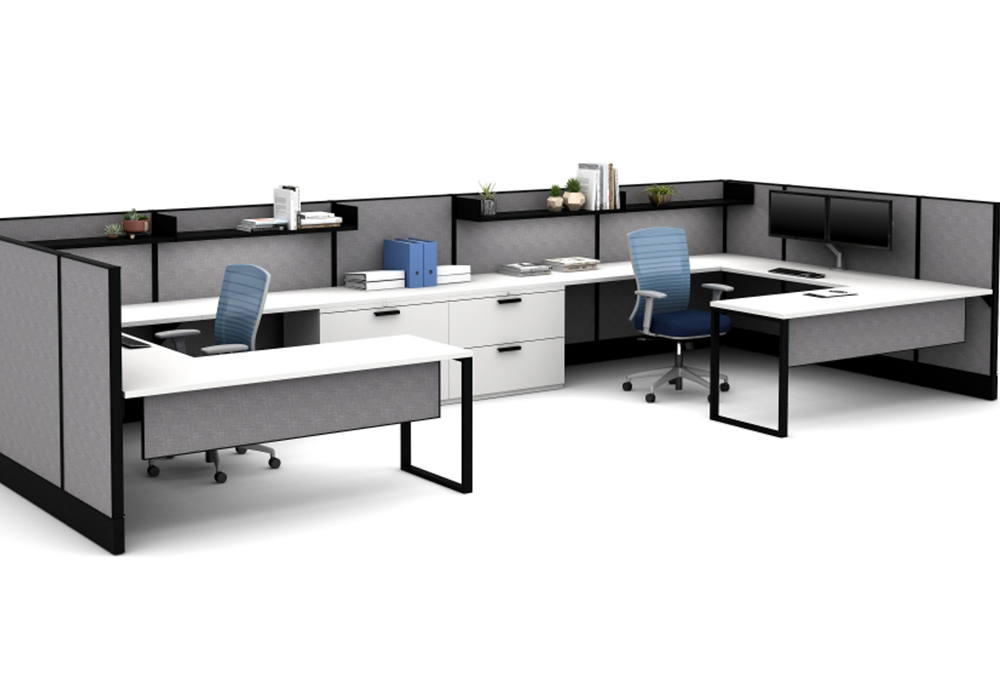
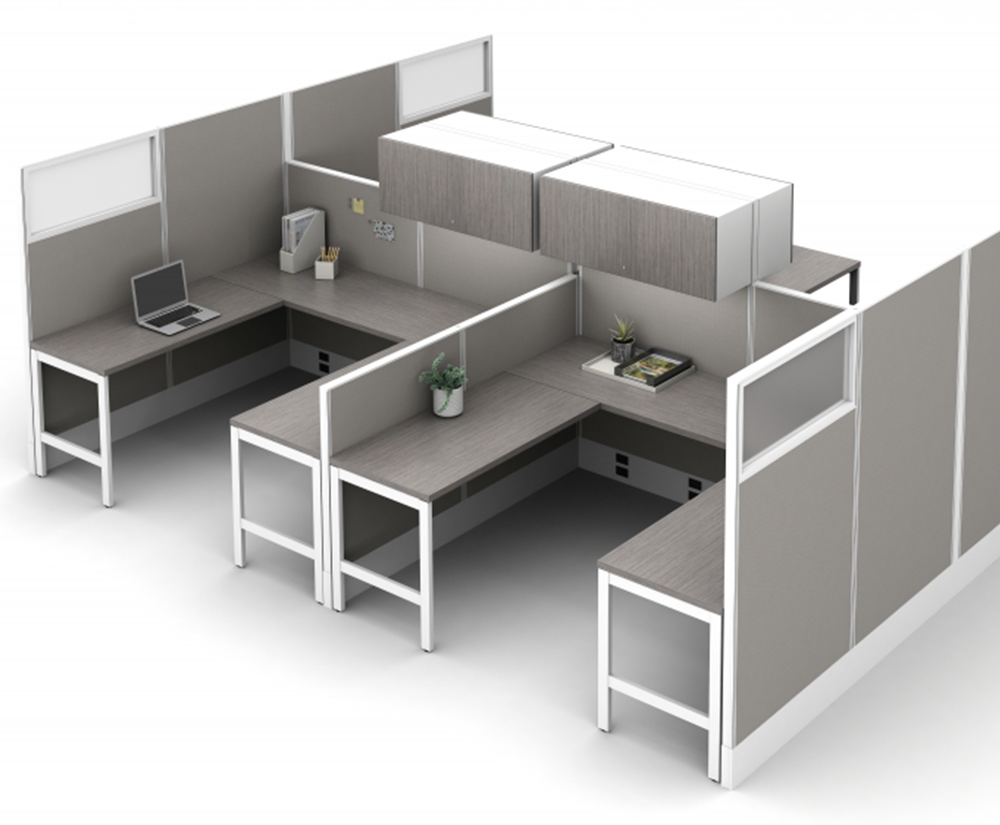
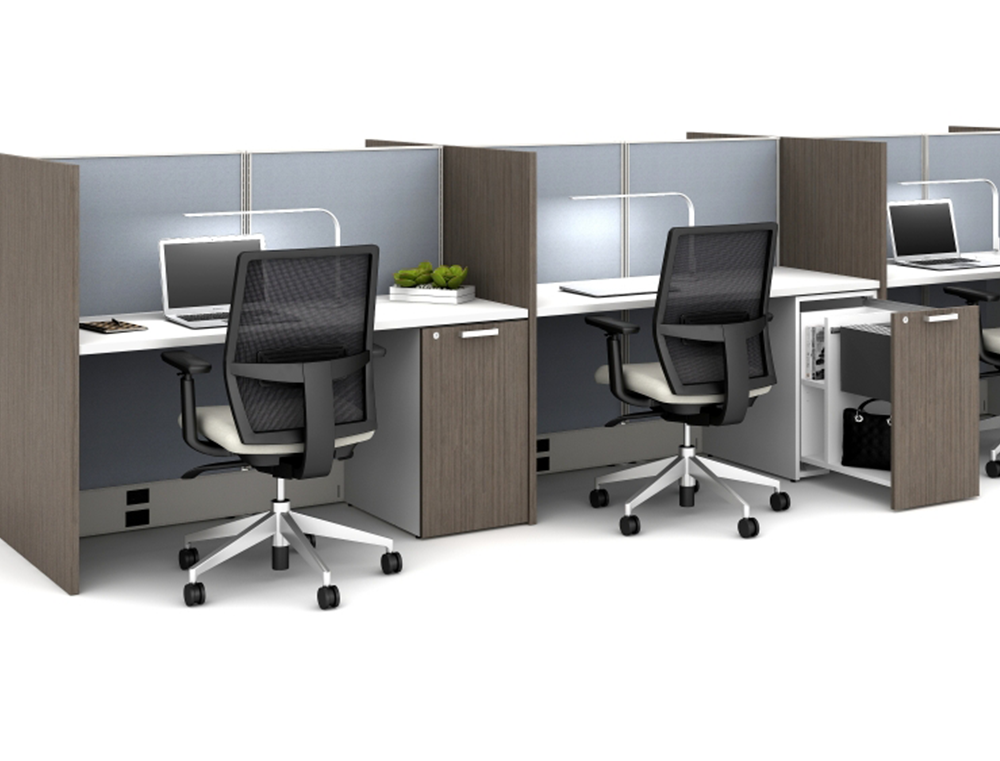
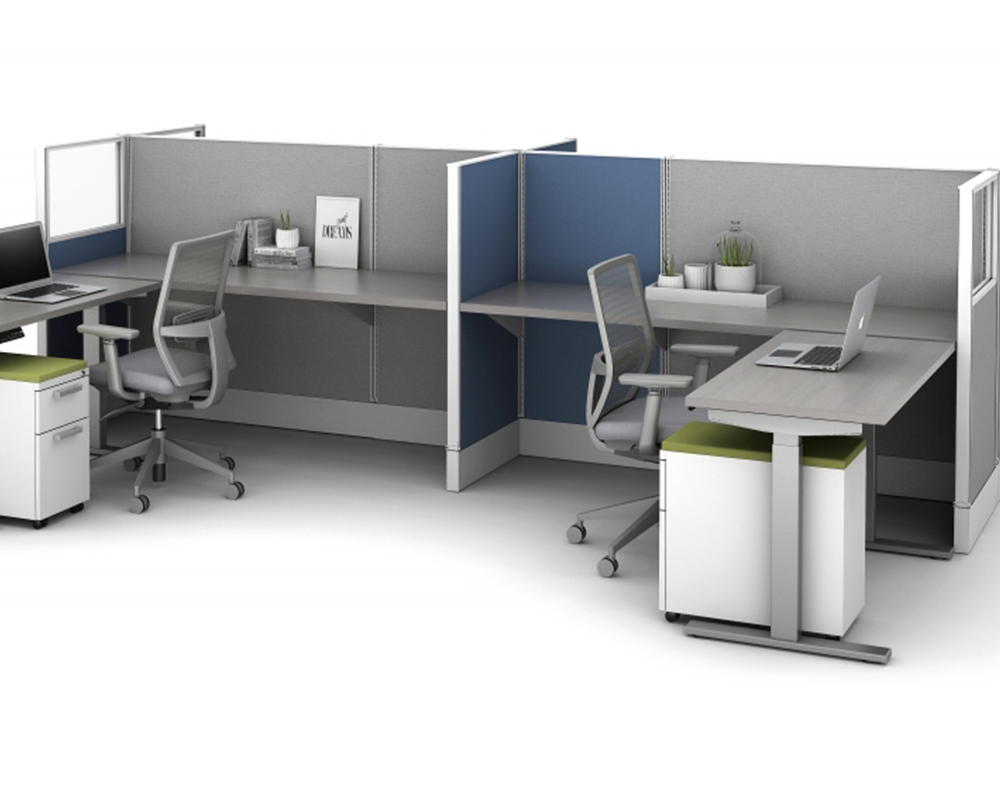
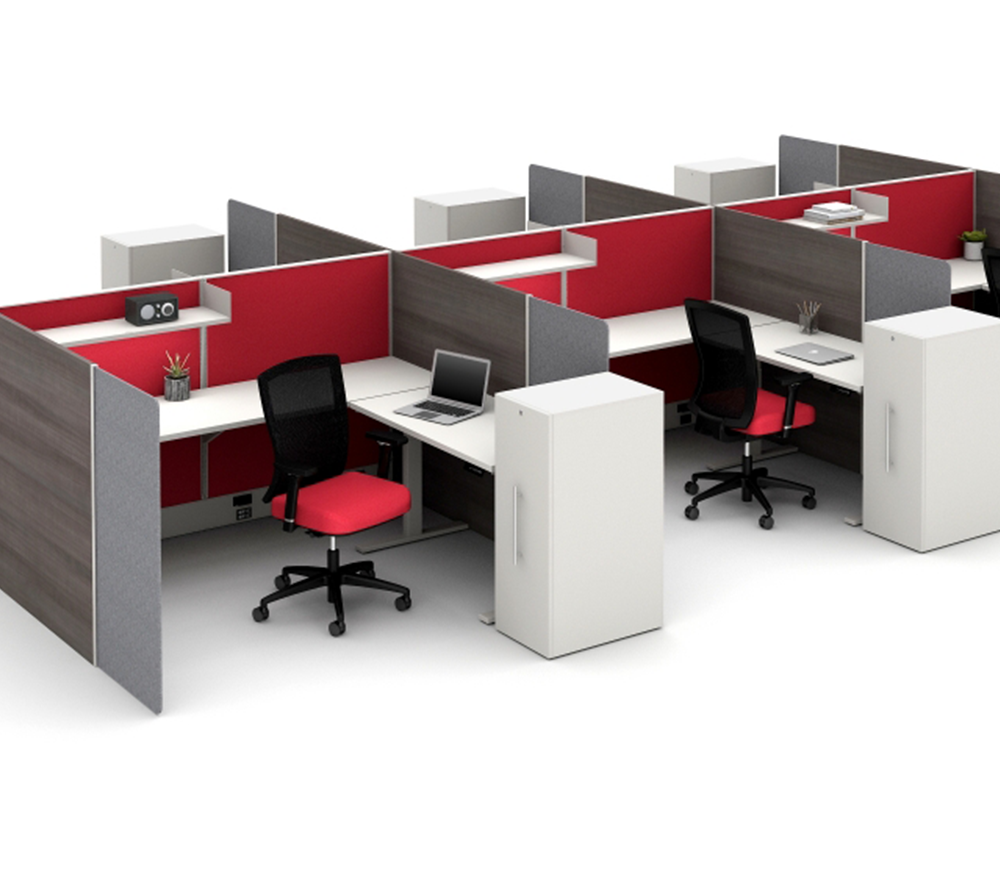


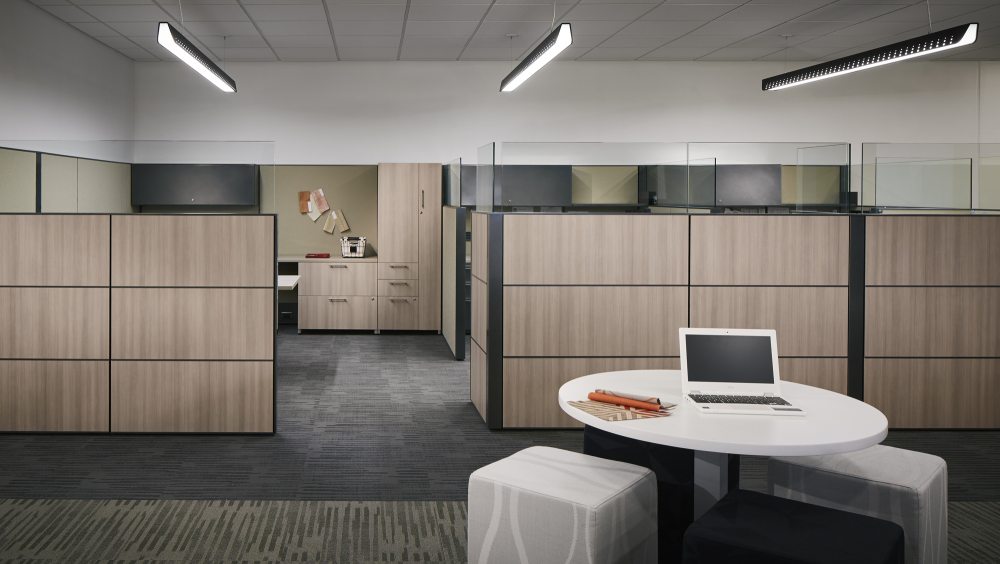
10 Reasons to use cubicles:
- Space division: Cubicles or Systems Furniture are modular by design with a large kit of parts, allowing space planners ease and convenience to divide space for the employees who may soon be occupying an office space.
- Economical solution: If the alternate is to build private offices for each employee, the cost per square foot is much greater than the cost of utilizing cubicles. Cubicles or Systems Furniture also depreciate faster than traditional construction. This is especially true when purchasing used or previously owned cubicles (secondhand market). Used cubicles are a great solution for startup companies, or organizations operating with a very tight budget.
- Reconfiguration / Modifying: Modifying cubicle layouts is easier, cost effective, and efficient. Components are often interchangeable and can be added to or removed as needed. This includes expanding a furniture layout to accommodate new hires or removing space to make room for collaboration space or simply to release unused leased office space. Alternative maybe traditional dry wall construction which can be expensive, takes longer, and creates lots of debris.
- Distribution of power & data: Cubicles or Systems Furniture are designed to run electricity through a wire harness that is integrated to the panel system. Power from the building is easily distributed inside the panel’s raceway, making it an elegant and safe solution. Data cables are fished through the panel system as well. The cubicle panels are purpose designed with distribution of power and data, which makes it a very efficient and convenient solution.
- Adaptability: Integration of modular components and accessories makes cubicles a very adaptable choice. With the integration of ergonomic furniture such as electric adjustable-height bases, cubicles can significantly enhance employee well-being and productivity. During the peak of the COVID-19 pandemic, we also saw people add acrylic and glass to increase the height of the cubicle panels. Cubicles can also be easily customized or updated over its lifetime. For example, frame and tile cubicle systems can have their ‘fabric skins or tiles’ easily removed and replaced with new fabric tiles. This eliminates the need to replace an entire component.
- Quick to Deploy: Setting up an office with cubicles is generally quicker than constructing permanent offices. This allows businesses to move into new spaces or reorganize existing ones with minimal downtime. This especially true when an occupier purchase used or pre-owned cubicles which are readily available.
- Sustainable: Cubicles can be a sustainable office solution due to their resource efficiency, adaptability, and recyclability. Cubicles that are purchases brand new will often be used for 15-20 years before they are replaced; however, that used cubicle can be re-purposed and re-sold in the ‘used furniture market’. Cubicles are constructed with recycled and recyclable materials and supports reconfiguration with minimal waste, enhancing their environmental friendliness. Used or previously owned cubicles can be refurbished or re-manufactured with new panel fabric, new paint, and new components to be re-used and put back in use for another 10 years or more.
- Privacy & Collaboration for employees: While providing less privacy than a private office, cubicles offer more privacy than open-plan offices. They help reduce visual distractions and provide a sense of personal space, which can increase productivity for tasks requiring focus. Cubicles can help to reduce noise levels compared to a completely open office layout. The partitions can block or absorb sound to some extent, making it easier for employees to concentrate. Also, cubicles maintain a level of openness that supports collaboration and communication among team members. They strike a balance between providing private workspaces and facilitating easy access for discussions and teamwork.
- Support for Organizational Structure and Real Estate Needs: Cubicles can be arranged and sized to reflect organizational hierarchies or different roles and occupancy policies within the company. For instance, utilizing a common kit of parts, a company can offer larger or more private cubicles to senior staff or to those who need more work space based on their roles, while offering a more compact and optimized space for others who may not need a lot of work space. Similar strategy may be used for those who frequent the office on a more regular basis than those who do not – this is sometimes referred to as ‘open or free address work spaces’ vs dedicated workspaces. Systems Furniture or cubicles offers this flexibility and supports varied privacy and work style needs and can significantly affect a company’s operating costs.
- Health and Safety Considerations: In light of health concerns, such as those raised by the COVID-19 pandemic, cubicles can offer a way to provide employees with their own defined space, potentially reducing the spread of germs compared to completely open plans.
Since their introduction in 1968, cubicles or systems furniture have undergone significant evolution, setting the stage for innovative office products like benching systems, power beams, and phone booths. These developments reflect the changing dynamics of workplace design, offering architects and interior designers an unprecedented array of options. Cubicles, in particular, retain a unique position in this landscape; they are akin to a versatile ecosystem, a comprehensive suite of components capable of fostering creativity, functionality, scalability, and sustainability. This adaptability makes them particularly suited to the demands of the modern, ever-evolving workplace.
However, it’s important to recognize the shifting tides in office design preferences. The once-common practice of dedicating a majority of floor space to cubicles is giving way to a preference for flexible workspaces. These emerging trends suggest a move towards multi-functional areas that can adapt to various work styles and needs. While cubicles remain a fundamental element of many offices, their role and proportion within the floor plan are being reconsidered.
In future entries of this blog, I will delve deeper into these trends, discussing how the unique characteristics of each company lead to bespoke office design solutions. It’s clear that as the corporate world evolves, so too does the environment in which we work, continually adapting to the balance between individual focus and collaborative engagement.
Image Source and Disclaimer: The images included in this post are sourced from AIS, Inc., to provide design inspiration and product visualization. Please note, AIS has not sponsored this content or influenced its creation in any way.
